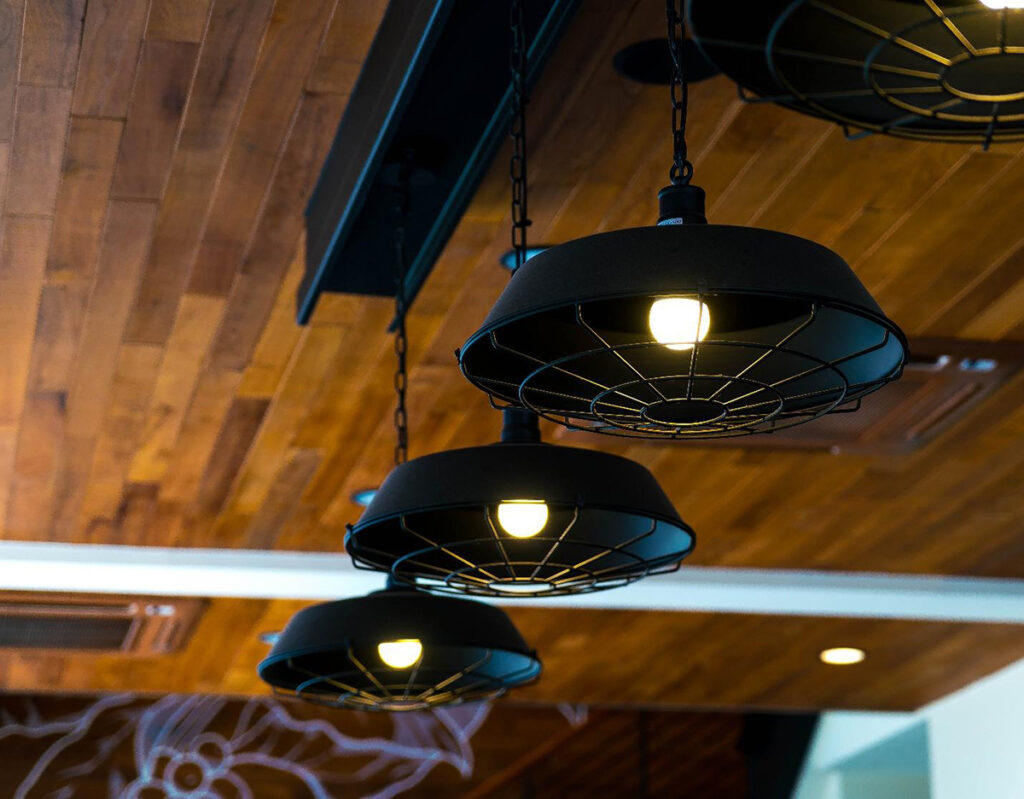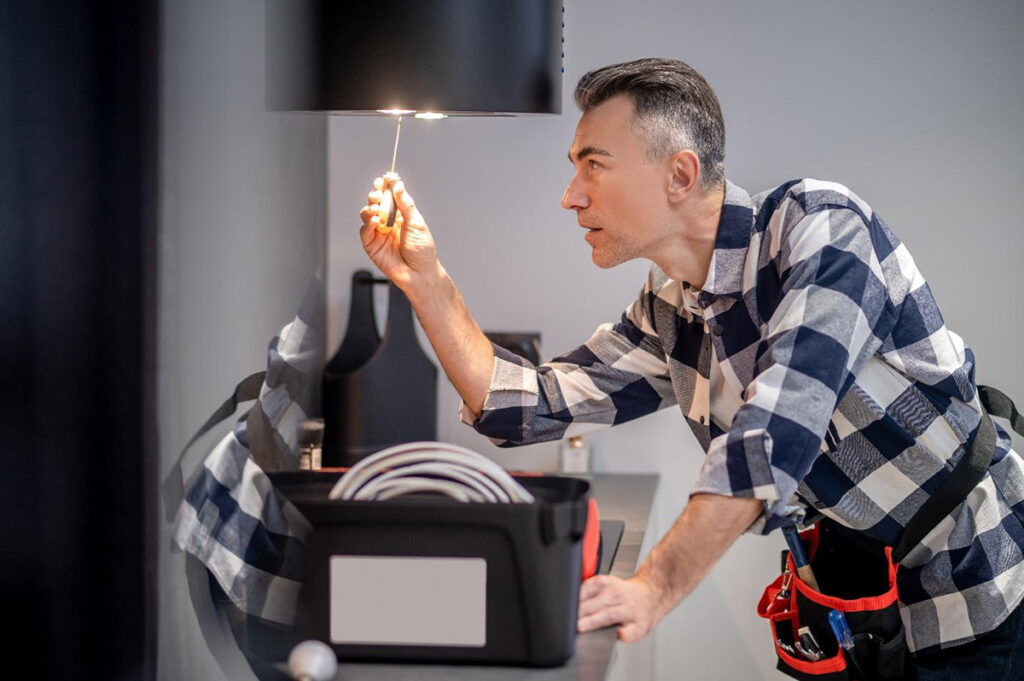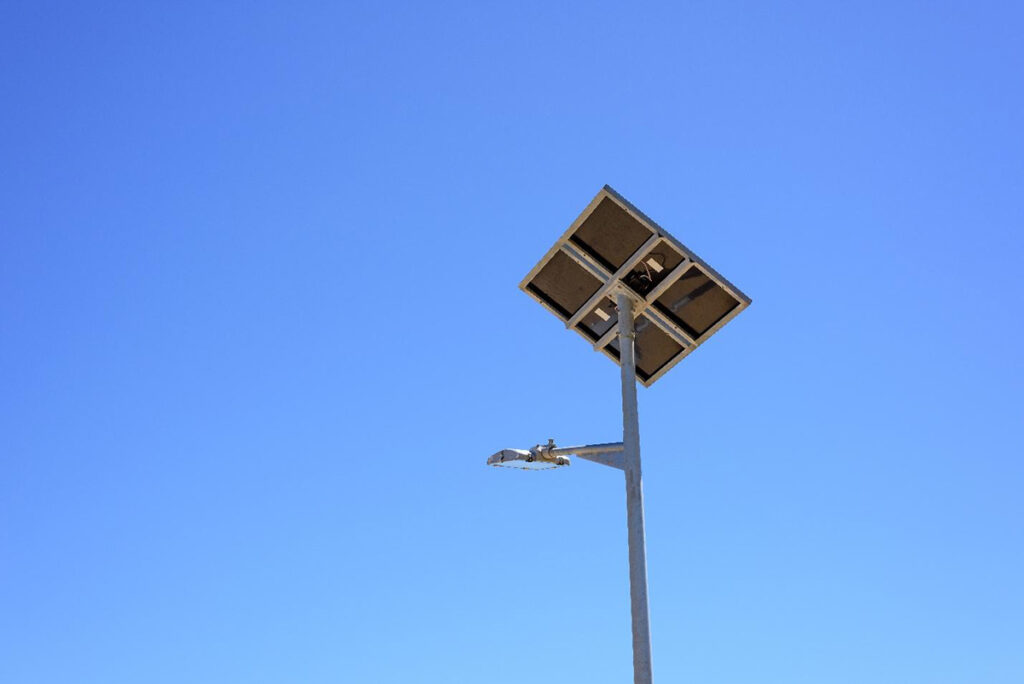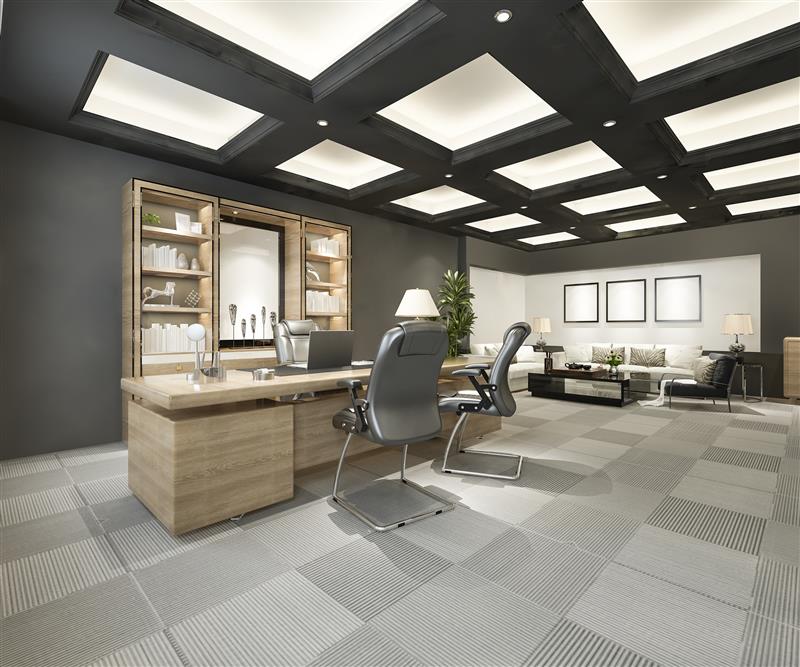Summary
Choosing the best commercial lighting for your business depends on the purpose, functionality, and size of the space. If you want a lighting solution that is cost-effective, energy-efficient, and has a long lifespan, you should consider commercial LED lighting.
Table of Contents
Introduction
Lighting is more than a tool for illuminating a space; you can shape how your commercial space is used, perceived, and experienced with the right lighting choices.
This guide will explain the factors to consider when choosing commercial lighting for business purposes, the types of commercial lighting solutions, and their benefits.
Factors to Consider When Choosing Commercial Lighting
When choosing commercial lights for your business, you must consider various essential factors and features to ensure you pick the right lighting solution.
1. Purpose and Functionality
The purpose of the space you are lighting determines the type and temperature of lighting you need. Bright and focused lights are perfect for work-oriented spaces like offices or workstations. At the same time, lounges and waiting rooms require softer lighting to create a comfortable atmosphere.
2. Energy Efficiency
Choose energy-efficient lights with high luminous efficacy, such as LEDs. Due to their long lifespan and energy-saving capabilities, LEDs are popular for commercial applications.
3. Aesthetic Appeal
Good lighting can enhance the aesthetic appeal of your business space and create a productive environment. To improve the look and feel of your space, use less light in hallways and lobbies and more in work areas.
4. Durability and Maintenance
When choosing commercial lighting features, it is important to consider lifespan and long-term costs. Some lighting fixtures may seem cheaper initially but end up costing more because of frequent maintenance and replacement.
5. Compliance with Standards
Ensure your lighting selections comply with applicable regulations, such as the International Energy Conservation Code (IECC), ASHRAE Standard 90.1, and the Occupational Safety and Health Administration (OSHA) standards.
Types of Commercial Lighting Solutions

Commercial lighting is not only applicable to working areas of indoor businesses. It can also be used in industrial settings, such as commercial EV charging stations, parking lots, etc. Lighting solutions are broadly divided into indoor and outdoor commercial lighting.
1. Indoor Commercial Lighting
Indoor lighting solutions illuminate offices, warehouses, and other industrial locations. They provide enough light for individuals to see and perform their activities regardless of the amount of natural light available.
Commercial interior lighting includes COB downlights, indoor LED panels, and LED Batten tubes. Combining these lighting options with natural light increases energy efficiency and reduces costs.
2. Outdoor Commercial Lighting
Commercial outdoor lighting such as LED flood lights, parking lot lights, canopy lights, and wall pack lights illuminate and secure commercial properties like parking lots, drive-thrus, gas stations, and retail stores.
Benefits of Commercial LED Lighting
LED lighting is the most effective commercial lighting for your business. It requires less maintenance, increases lighting quality, and can contribute to increased energy efficiency and productivity.
Here are some additional advantages of industrial LED lighting:
1. It Reduces Long-Term Cost
Commercial LED lighting may have much greater upfront expenses than other commercial lighting sources, but it pays out in the long run. LEDs offer a longer lifespan and are more energy efficient, allowing you to save on labor and energy costs.
2. Improved Light Quality and Efficiency
LED lighting creates even lighting, minimizing dark areas and glare. It uses a fraction of the energy of conventional lighting sources.
3. Reduced Heat Output
In addition to being more efficient, LED lighting generates much less heat than other traditional lighting sources. As a result, your office will need less cooling, allowing you to save money on air conditioning and reduce total energy usage.
Hiring a Commercial Lighting Electrician

1. Experience and Expertise
When selecting an electrician, look for professionals with experience and skill in building and maintaining lighting systems in commercial settings, such as retail stores, warehouses, and offices.
They must be familiar with various lighting technologies, such as LED, fluorescent, incandescent, and solar, as well as color temperature and lighting layouts, to ensure optimal illumination of your work environment.
2. Licensing and Insurance
You should only hire contractors that are eligible for work in your locality. Ensure the contractor has a current and legal electrical license to work in your region. Professional electrical contractors will also provide proof of insurance to protect you in the event of an accident or damage during the project.
3. Compliance with Codes
Your chosen professional electrical contractor must be knowledgeable about local and national electrical codes. Ensure that your business lighting partner has demonstrated sufficient knowledge and competence in national electrical code requirements to ensure that all installations exceed safety standards.
Commercial Lighting Repair and Maintenance
Commercial lighting installations also need regular checkups and maintenance to verify functionality, prevent downtime, and ensure safety.
Some regular electrical maintenance tasks for your business include:
1. Routine Inspections
The electrical contractor will check for signs of wear and tear, physical damage, and internal faults that can affect the consistent electricity supply. He will also identify and address potential issues before they cause system breakdowns.
2. Preventive Maintenance
Preventive maintenance tasks such as regular cleaning, dusting, and load management can extend the lifespan of your electrical system while ensuring optimal performance at all times.
3. Emergency Repairs
Even well-maintained electrical systems sometimes develop faults. To prevent the issue from escalating, schedule emergency lighting repair services.
4. Ballast Replacement
The ballast is essential for producing consistent, efficient lighting for your business. It should be checked regularly and replaced as needed.
5. Bulb Replacements
Not replacing faulty bulbs can escalate electrical issues and hinder productivity. Timely bulb replacements help to maintain optimal lighting conditions.
The Role of Commercial Solar Lights in Sustainable Business Practices

Commercial solar lights can help your business become more sustainable by reducing energy costs, carbon footprint, and reliance on the grid. The benefits of solar lighting in powering sustainable business practices include:
1. Cost Savings
Cost savings are the biggest advantage of solar lights. Traditional lighting sources depend on electricity supplied by the grid, which has continuous utility expenses. Solar lights, however, capture energy from the sun, effectively reducing and, in some cases, eliminating the need for electricity through the grid.
Solar lights also require very little maintenance.
2. Environmental Responsibility
The trend is for businesses to be socially and environmentally responsible. Solar lights use renewable energy, reducing a business’s carbon footprint and helping to attract eco-conscious partners and customers.
Conclusion
LED lights are the best commercial lighting for your business. While they may require a higher upfront cost than usual, they make up for it in the long term by needing less maintenance and being more durable. Commercial business lighting requires complex electrical installations and wiring. At Tercero Inc., we offer efficient and time-saving commercial electrical solutions. Contact us now.
FAQs
Commercial lighting options include LED, fluorescent, and halogen lighting.
The advantages of employing LED lighting include energy savings, a long lifespan, minimum maintenance, and design freedom.
Choosing the ideal lighting for your business is determined by the tasks, the building’s size and layout, and the intended ambiance.
Warm white lighting gives off a yellowish hue and is commonly utilized to create a warm atmosphere. Cool white lighting produces a bluish tint and is frequently used in places that require task-oriented lighting.
It is not recommended. Commercial lighting fixtures are built to endure the demands of a commercial setting while meeting stringent safety and regulatory standards.
Commercial lighting fixtures should be changed every 5–10 years.
LED lighting, T5 and T8 fluorescent lighting, and occupancy sensors are all examples of energy-efficient lighting alternatives for your business.
You should use a professional electrician to guarantee that the work is completed safely and correctly.
Lighting codes and regulations include the International Energy Conservation Code (IECC), the American Society of Heating, Refrigerating and Air-Conditioning Engineers (ASHRAE) standards, and the Occupational Safety and Health Administration (OSHA) regulations.
To ensure the safety and reliability of your commercial lighting system, it’s recommended that you hire a licensed electrician to design and install it and perform regular maintenance and inspections.

